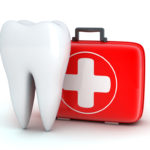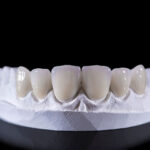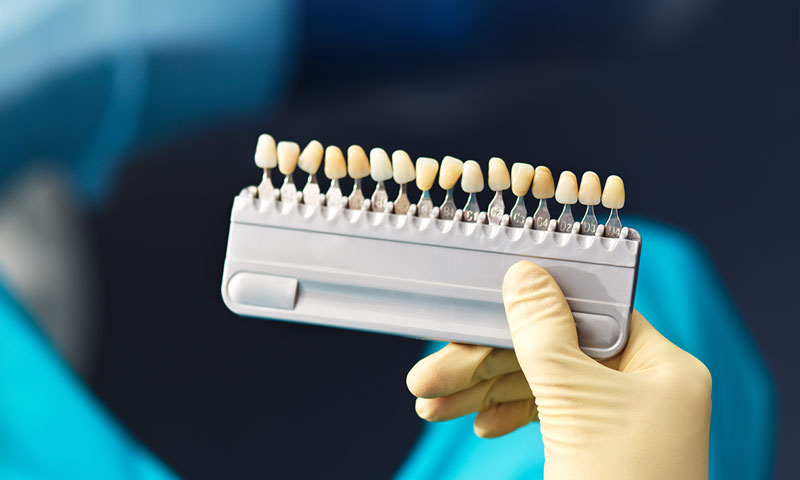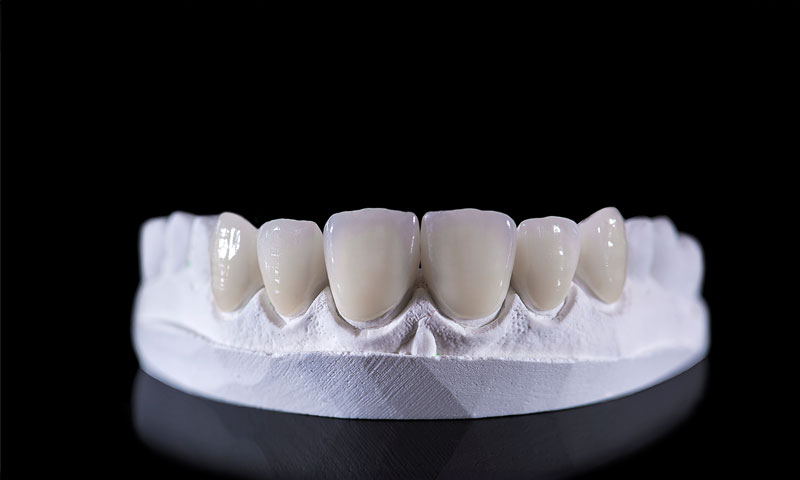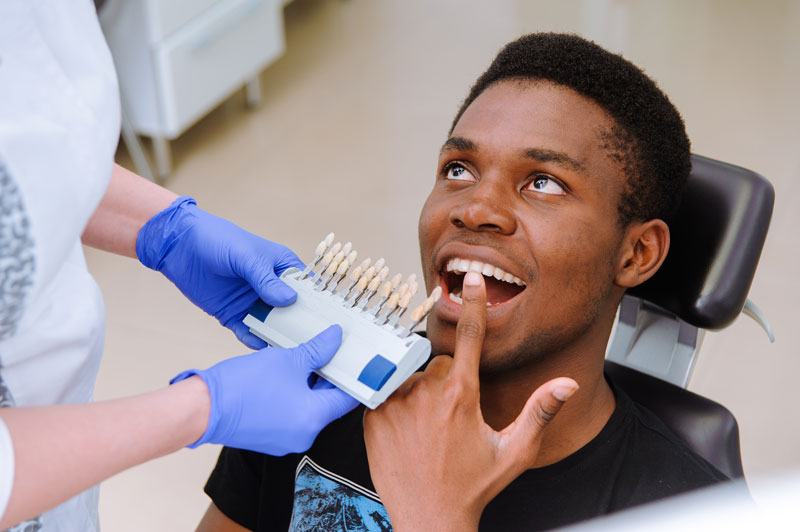Your dentist has told you that you need to have your wisdom teeth removed. Bummer. Now, you’re looking to find out what exactly they’re going to be doing to you that will make you act like those fools in the post-op YouTube viral videos.
We’ll explain it all for you but jokes aside, getting your wisdom teeth removed is a legitimate surgery and should be treated as such. Choose a reputable surgeon and do your research before going under the knife.
Day Before
Once you’ve decided on an oral surgeon and made your appointment you’ll need to prepare. It may be suggested that, due to the use of anesthesia, you refrain from eating after midnight on the day before your operation. Double check that you have the right time, address, and someone to drive you home, then get a good night sleep.
Day of Surgery
Once you arrive at the oral surgeon’s office for your surgery you will have be numbed for your operation. Your dentist or oral surgeon may use one of three types of anesthesia, depending on the expected complexity of the wisdom tooth extraction and your comfort level. Options include:
Local anesthesia: This is the type of anesthesia that you are probably most familiar with and is administered through one or more injections near the site of each tooth extraction. You will be awake during the tooth extraction and although you’ll feel some pressure and movement, you shouldn’t experience pain. Make sure you tell your dentist/oral surgeon if you feel any pain.
Sedation anesthesia: administered through an intravenous (IV) line in your arm. Sedation anesthesia suppresses your consciousness during the procedure. You won’t feel any pain and will have limited memory of the procedure. You’ll also receive local anesthesia to numb your gums. This is the stuff that is most commonly used and it’s what makes you loopy and hilarious.
General anesthesia. In special circumstances, you may be offered general anesthesia. You either inhale the medication through your nose or have an IV line in your arm or sometimes both. You will then you lose consciousness. Your surgical team will closely monitor your medication, breathing, temperature, fluids and blood pressure. You’ll experience no pain and have no memory of the procedure.
During Wisdom Teeth Removal
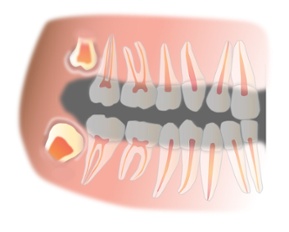
Once you have been numbed, your dentist or oral surgeon will begin the procedure and remove your wisdom teeth through the following steps:
1) They will make an incision in the gum tissue to expose the tooth and bone
2) Then they will remove the bone that blocks access to the tooth root
3) If proven too difficult to remove in one piece, they will divide the tooth into sections for easier removal.
4) Next, they remove the tooth/teeth
5) Once the tooth is removed, the site of the removed tooth is cleaned of any debris from the tooth or bone
6) The dentist/oral surgeon may stitch the wound closed to promote healing (This isn’t always necessary)
7) Finally, gauze is placed over the extraction site to control bleeding and to help a blood clot form
Post-Op
Once you begin to wake from your anesthesia, you will feel as if you had taken a blissful nap, except your face is swollen and your mouth full of gauze. Go home and rest.
Stick with fluids for the first day and do not use a straw, using a straw commonly removes blood clots and lengthens the healing process. Try not to lie flat to promote clotting and avoid drooling. You should begin to feel like your normal self again (sans a few teeth) in 2-3 days. If you do not feel any better, call your dentist.



